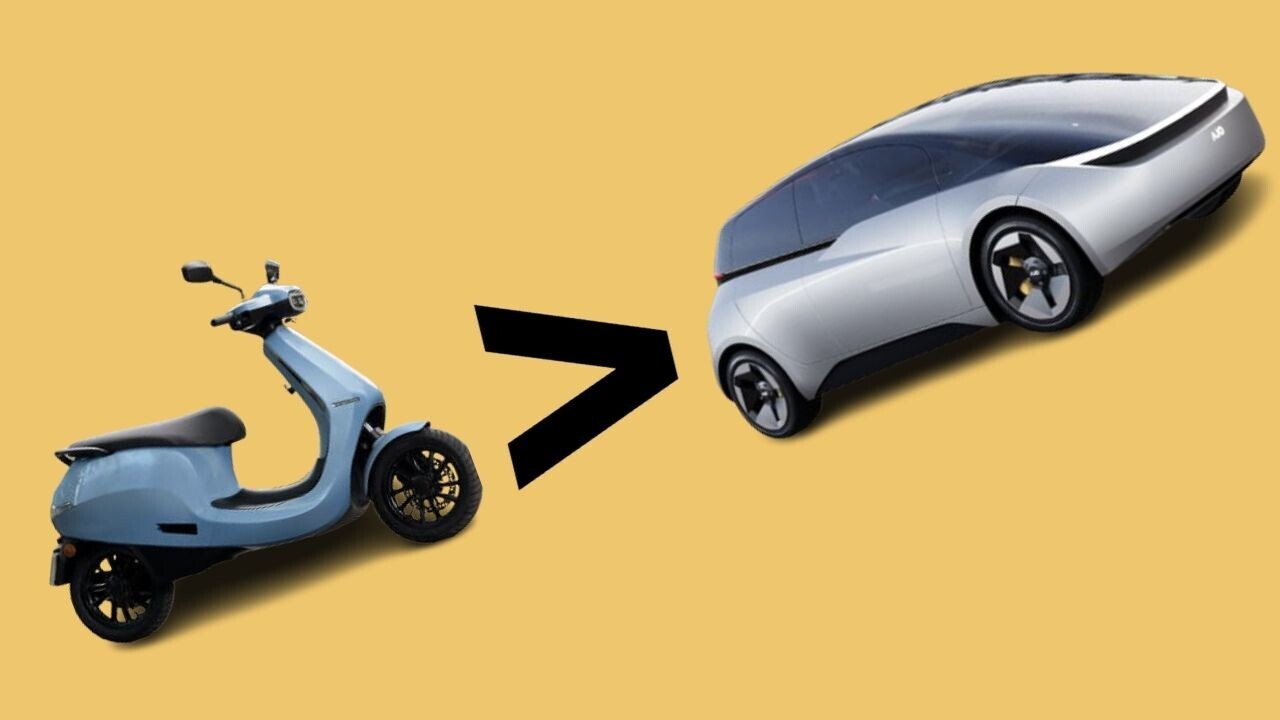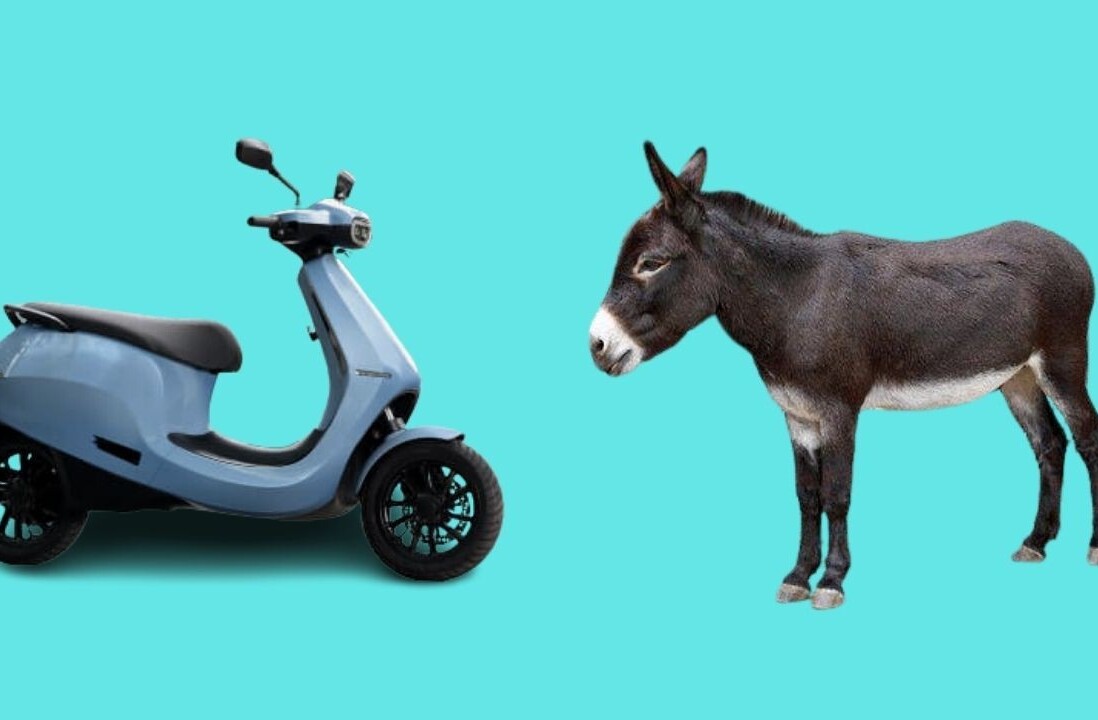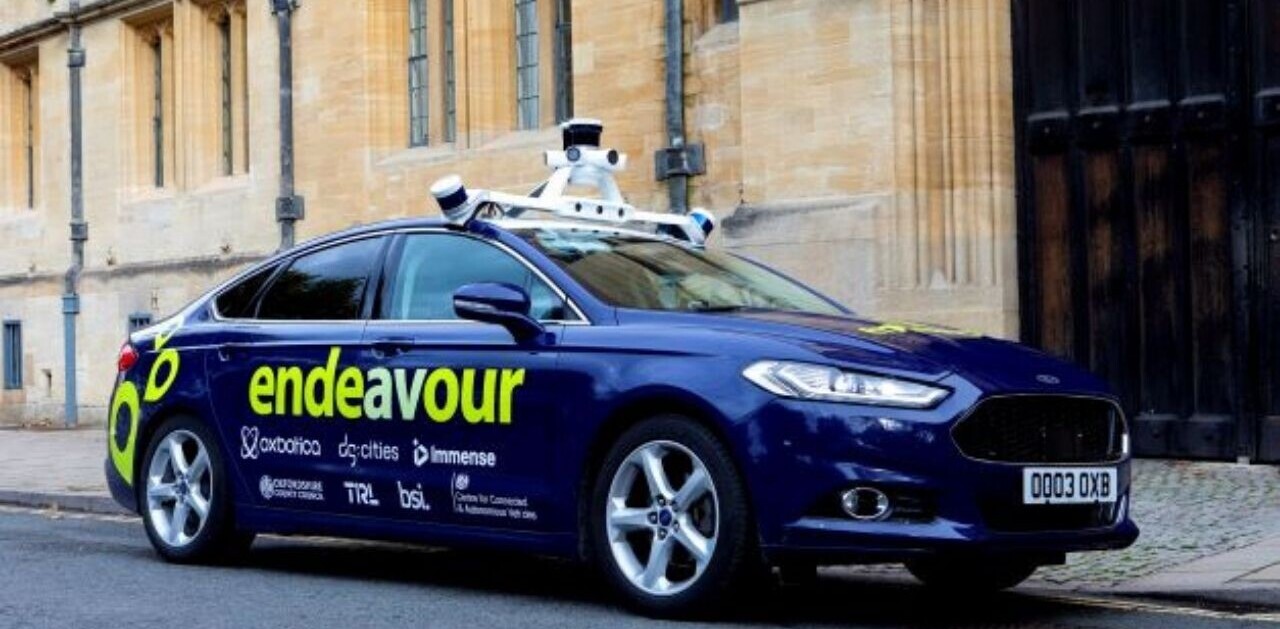
After successfully entering the Indian escooter market, in January, Ola Electric started teasing its debut in the electric car segment — quite a bold move for a five-year-old micromobility company.
On Saturday, Bhavish Aggarwal, the company’s CEO, made some even bolder statements about Ola’s EV, as reported by Indian outlet News18. Speaking at the company’s manufacturing plant in Tamil Nadu, Aggarwal said that Ola will be entering the autonomous vehicle segment.
Specifically, it’s developing autonomous driving features that will debut in its upcoming four-wheeler both for the Indian and the global markets.
Here’s a look at what the EV will probably look like:
Can you guys keep a secret? ?? pic.twitter.com/8I9NMe2eLJ
— Bhavish Aggarwal (@bhash) January 25, 2022
Ambitiously, the CEO stated that the tech will not only be able to compete with Tesla and Rivian, but also roll out by early 2024 at the latest.
As inspiring as it is to see the development of minor EV makers, it’s difficult not to doubt Ola’s plans.
The same day of these announcements, the company recalled more than a thousand vehicles, after the battery of one of its S1Pro escooters burst into flames, on March 26 in Prune, India.
You can watch the incident below:
In response, Ola recalled 1,441 escooters to conduct diagnostics as a “pre-emptive measure,” although it stated that the battery fire was most likely an isolated incident:
Ola Electric to recall 1441 vehicles after recent EV fire in S1 Pro scooter. Ola says its preliminary assessment reveals the thermal incident was an isolated one @CNBCTV18Live @CNBCTV18News @ShereenBhan @OlaElectric pic.twitter.com/ZPEsCDybY2
— Parikshit Luthra (@Parikshitl) April 24, 2022
In light of these events, however, it’s worth considering whether Ola should focus on debuting on the challenging autonomous vehicle segment, instead of attending to the more pressing issues regarding its current product.
On top of that, the set two-year timeframe for the launch of an EV with self-driving features in the likes of Tesla and Rivian is extremely optimistic.
It took Tesla more than a decade to establish itself globally, while even younger Rivian is struggling to meet production targets, seeing its stock fall more than 25% during March. Emerging EV startup Lucid Motors is also facing production hurdles.
We’re also talking about automakers with much better resources that are solely focusing their R&D in electric car making. For reference, Tesla’s market cap is at $1 trillion and Rivian’s at $29.69 billion. Now let’s compare that with Ola’s $5 billion.
I can’t help but wonder how Ola will successfully roll out an autonomous EV, compete with the sharks of the market, and solve its existing escooter issues — all within two years and amidst the global supply chain shortages. My guess is, we should expect significant delays.
Get the TNW newsletter
Get the most important tech news in your inbox each week.




